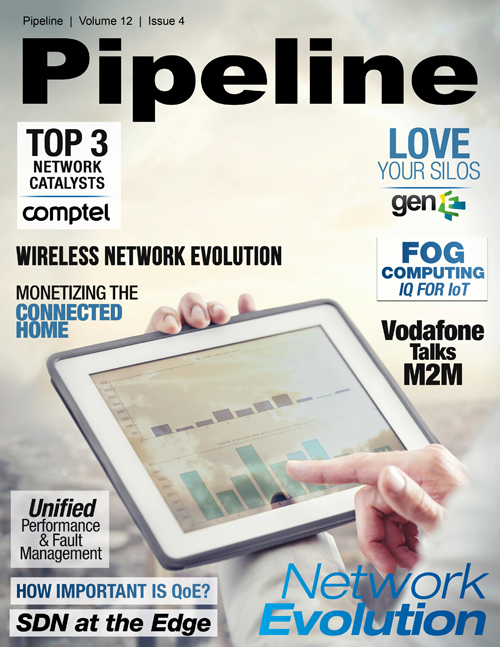3 Core Fundamentals Affecting the Network of 2020
Fortunately, for digital and communications service providers, it is possible to transform their sales and service delivery to meet enterprise customers’ changing expectations – but how will existing and emerging network technology enable this radical new B2H experience?
NFV Drives End-to-End Transformation
The evolution happening in the back office has created shock waves that are felt in the front office.
The emergence of NFV and software-defined networking (SDN) empowers operators with greater network speed, agility and scalability. At the same time, these technologies impact business systems and the entire customer service function, enabling operators to deliver the highly-personalized, connected, immediate and self-service B2H buying experience that customers desire.
With a virtualized network, operators can transform business and operations support systems (BSS/OSS) to adapt to real-time, automated service deployment and orchestration. By connecting customer-facing, cloud-based sales systems with the back-end fulfillment function, they can deliver the same digital, user-friendly buying approach to B2C and B2B customers alike.
Research suggests telco is still in the early stages of NFV adoption. Appledore Research Group estimates that there are as many as 250 ongoing NFV trials worldwide, with around 25 early live deployments. A survey of mobile operators by Heavy Reading found that 79 percent of respondents expect to have a live NFV deployment by 2018. That suggests NFV could be a mainstay in operator infrastructures by 2020.
Operators will need the flexibility and speed NFV delivers if they hope to deliver on the dream of hyper-fast connectivity in support of a better B2H experience.
5G Raises the Bar for Speed
The International Telecommunications Union (ITU) has set its standards for 5G connectivity. According to the ITU’s schedule, 5G will achieve commercialization by 2020, meaning we are just five years away from achieving mobile broadband speeds of 20 gigabytes per second with potential latency of less than 1 millisecond.
These are incredible speeds that will radically shift how enterprises and consumers perceive the digital experience. It will take just a few seconds to download a feature-length HD movie. Businesses will be able to move further into the era of the cloud-based office. Actions that occur on a mobile device will happen so fast they will seem instantaneous. Remote augmented reality applications will finally be achievable.
To achieve this speed in the network, operators will need to move business and consumer content closer to the point of download and have technology in place that can intelligently predict what type of content the user will need. That’s where 5G’s dependency on virtualization comes in; NFV and SDN technology will underpin these predictive and seemingly futuristic capabilities. That will feed rich B2H experiences, bringing enterprises and consumers the apps and content they want faster than ever.
Once exposed to this degree of connectivity, both consumer and enterprise buyers will have a hard time accepting anything less. On top of that, fast connections will be crucial as a wider variety of connected devices are introduced, especially for those that can’t afford to suffer from latency.
The IoT Opens Doors, Spurs Creativity
The connected toothbrush is already a reality. It may have generated a few raised eyebrows when it was announced, but this Bluetooth-enabled bathroom staple actually represents an intriguing opportunity to digital and communications service providers, as it makes the health product market another potential area of partnership and revenue.
Add that on top of the millions of other potential device manufacturers the IoT will introduce, and operators will have seemingly endless chances to partner and launch creative B2H services. After all, each new connected device will consume data that generates operator revenue, and each new partnership could create new service bundles similar to today’s over-the-top (OTT) content packages.



















